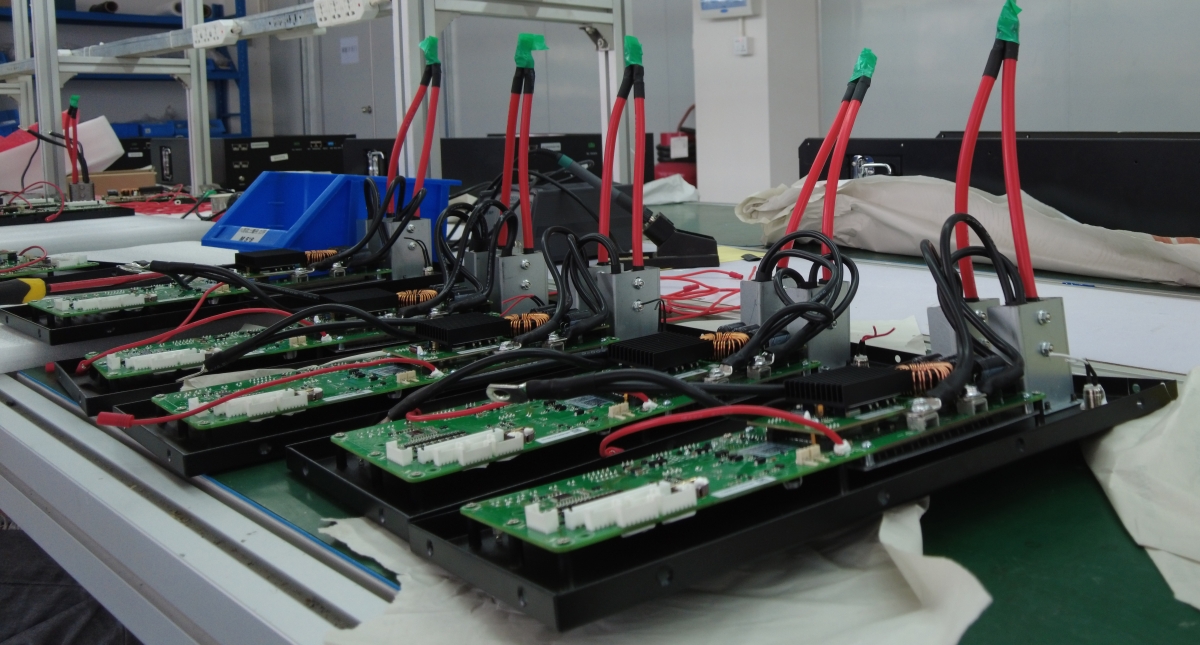- 28
- Dec
Photovoltaic and battery storage should be at the heart of a €672.5 billion economic recovery
Solar Power Europe calls on member States to put Solar and battery storage first when developing economic recovery and recovery plans.
Trade body Solar Power Europe has detailed how photovoltaic and battery storage will be at the heart of the eu’s €672.5 billion economic recovery plan, which is at the heart of the EU’s €750 billion, post-COVID “Next Generation EU” strategy.



Eu member states will receive 672.5bn euros in support for their economic recovery and recovery plans. Solar Power Europe said the strategy should use funds to support large-scale Solar and energy storage, photovoltaic roofing, electrification of non-energy sectors, smart grids, Solar manufacturing and skills training.
In addition to perennial calls to cut permitted red tape, trade bodies also want more renewable energy tenders — including hybrid procurement rounds that combine power generation and storage; Public funds to support enterprise power purchase agreement; And state investment banks to reduce the risk of financing renewable energy projects by providing guarantees.
Solar Power Europe wants to mandate the use of photovoltaic in all suitable new buildings, particularly in social housing; Encouraging homes and businesses to “go solar”; Such initiatives include building integrated photovoltaics; And programs aimed at promoting energy-efficient building retrofits, including grants to install solar and energy storage equipment.
Brussels-based lobby groups have called for incentives for heat pumps and electric vehicles, as well as distributed battery storage, to help drive electrification in sectors such as construction, heating, transport and industry. The trade body also noted the International Energy Agency’s recommendation that grid investment should include licensing and planning reforms, higher borrowing thresholds, grants and tax incentives, skills training and research and development spending.
The trade body repeated its call for Europe to return to onshore solar manufacturing, providing grants and subsidies to drive photovoltaic innovation, raising funds for start-ups and pilot projects, and providing “cost-competitive electricity” for large industrial projects. Solar Power Europe also noted that its Solar Power Accelerator, launched in July, highlighted 10 pan-European Solar manufacturing initiatives.
The industry body said grid connections at coal mining sites should be linked to innovative solar projects such as floating photovoltaics and agricultural power, and that renewable energy apprenticeships are part of a “just transition” plan that includes encouraging former fossil fuel workers to retrain to gain clean energy industry skills.
The group has also drawn up a shopping list of changes needed to speed up battery storage deployment across the continent. Small scale cells should be energized, preferably with components associated with the system’s kilowatt-hour capacity, and should be guaranteed over a 12-month interval budget. Tax incentives could also be part of the incentive package, according to the Policy White Paper supporting the integration of battery storage systems.
The lobby group said energy storage requirements should be included in the authorisation of any new solar project to mitigate variable capacity for grid generation, and minimum energy efficiency standards for existing buildings across the EU would also help with solar and energy storage.
By July 1 next year, member states will have to write into national law the right to avoid grid charges for their own electricity, so the 30 kW limit for which this right applies could be increased, the battery white paper says, and the introduction of smart meters should be encouraged so that member states can introduce in-use tariffs.
Solar Power Europe adds that for utility-scale battery projects, grid specifications should be revised so that such systems can benefit from their revenue streams by providing a variety of grid support services — ideally allowing the battery to extract electricity from the grid to maximise its flexibility. Mixed-renewables and storage tenders should also stipulate a minimum flexibility period requirement to prevent developers from simply putting in one-hour storage facilities to secure valuable clean energy generation capacity.
According to Solar Power Europe, the EU and its member states should identify geographic areas with grid bottlenecks to help attract investors, while existing renewable energy incentive schemes should be updated to accommodate retrofit of storage facilities for clean energy plants.
